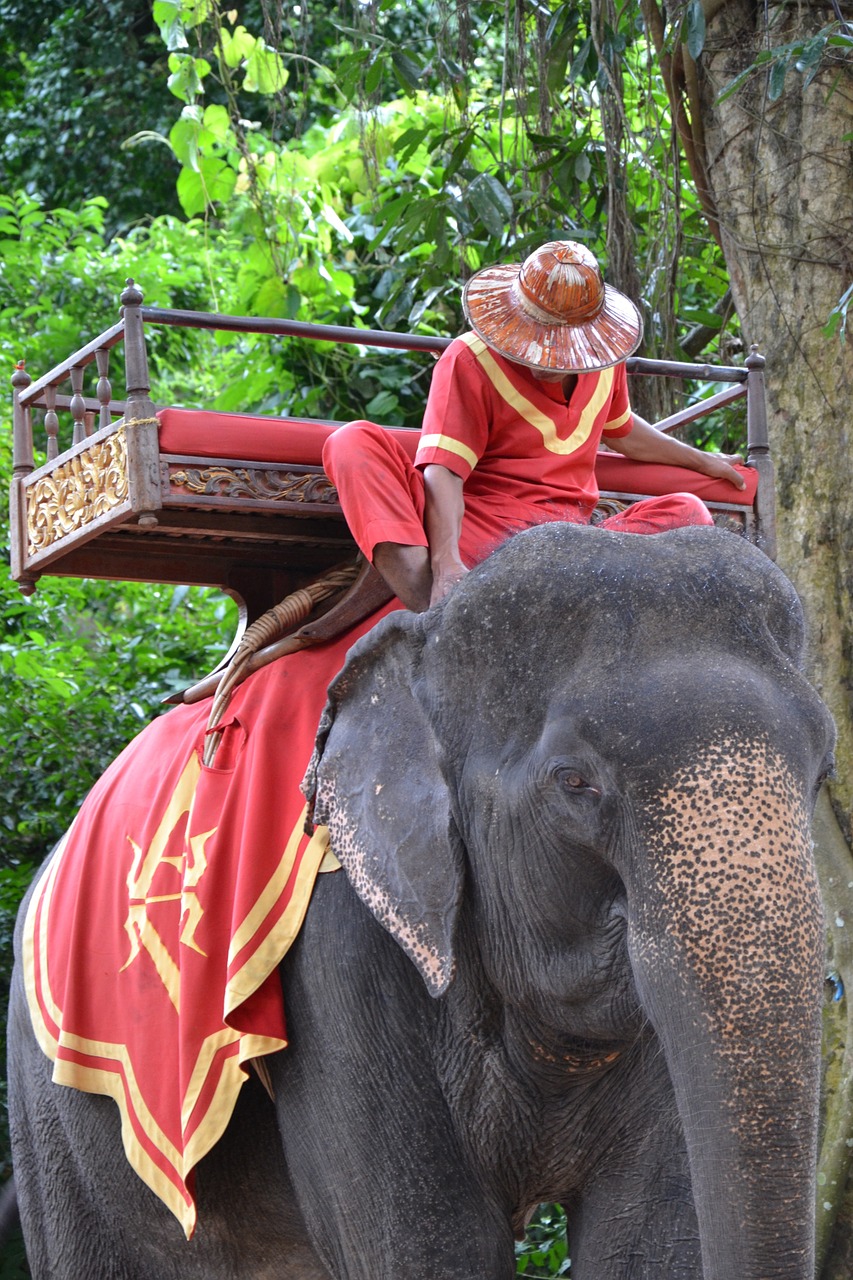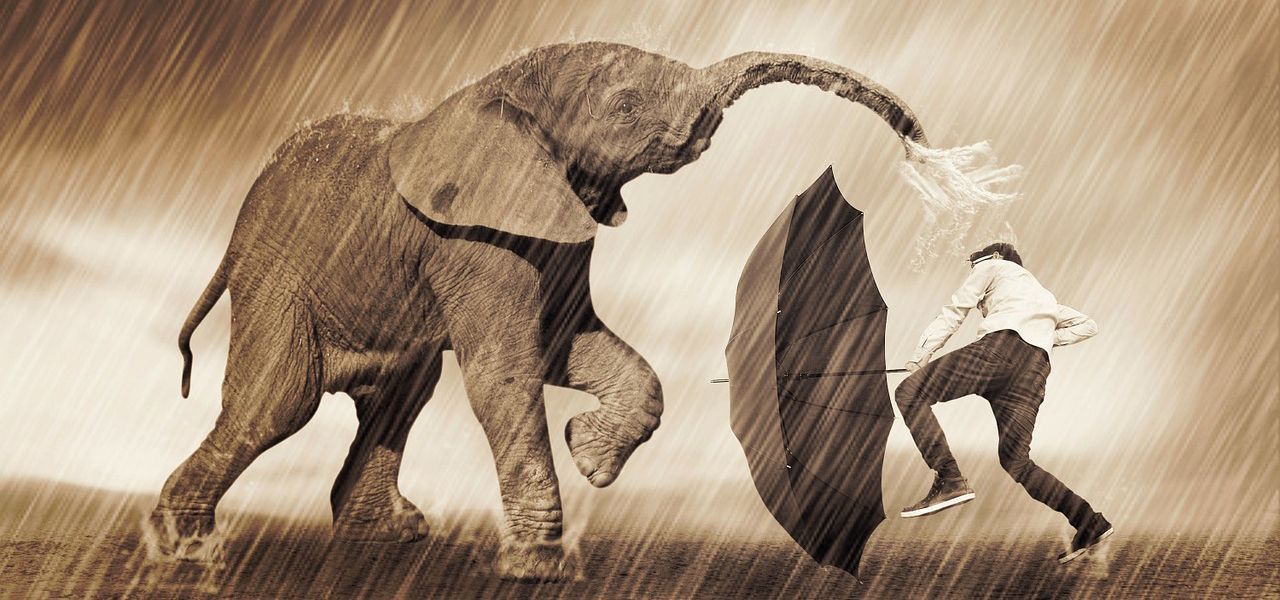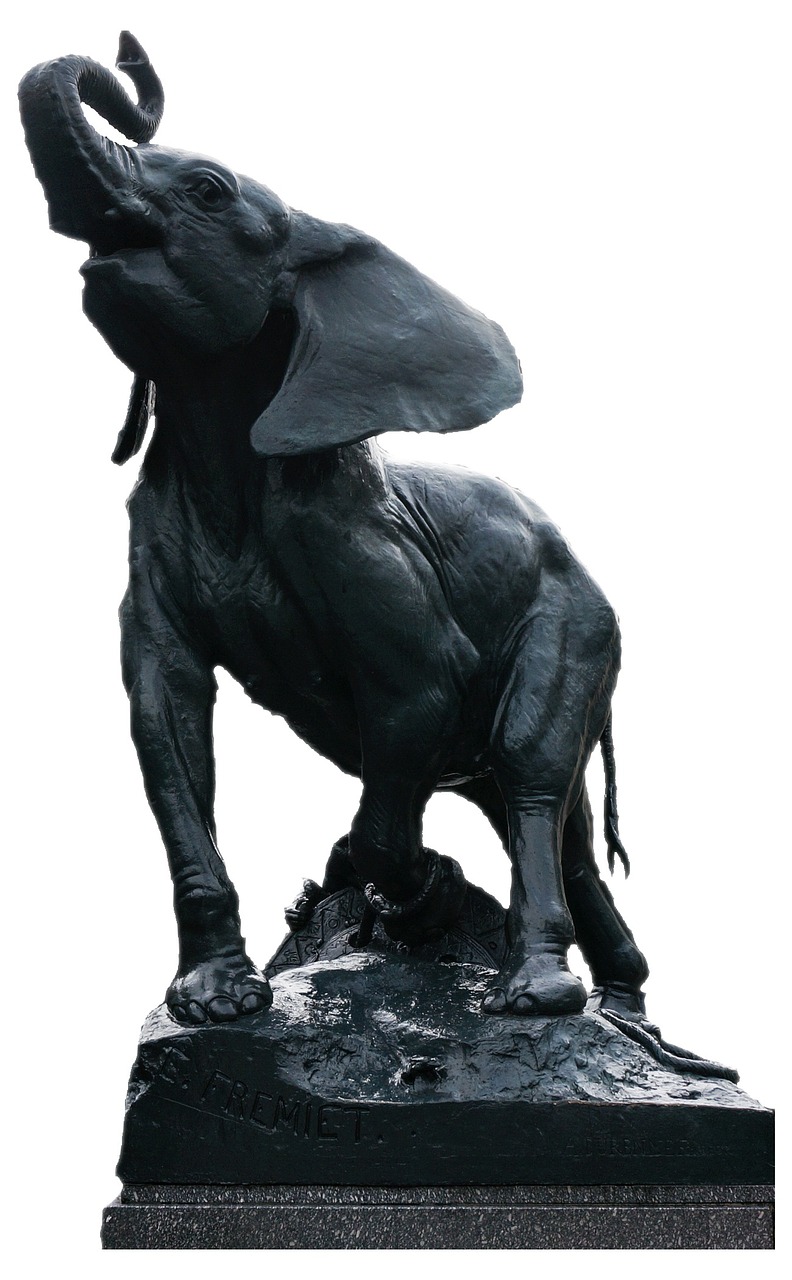

Elephants & Humans
Working Animal
Elephants have been working animals since at least the Indus Valley Civilization and continue to be used in modern times. There were 13,000–16,500 working elephants employed in Asia as of 2000. These animals are typically captured from the wild when they are 10–20 years old, when they can be trained quickly and easily, and will have a longer working life. They were traditionally captured with traps and lassos, but since 1950, tranquillisers have been used. Individuals of the Asian species are more commonly trained to be working animals, although the practice has also been attempted in Africa. The taming of African elephants in the Belgian Congo began by decree of Leopold II of Belgium during the 19th century and continues to the present with the Api Elephant Domestication Centre.
Asian elephants perform tasks such as hauling loads into remote areas, moving logs into trucks, transporting tourists around national parks, pulling wagons and leading religious processions. In northern Thailand, the animals are used to digest coffee beans for Black Ivory coffee. They are valued over mechanised tools because they can work in relatively deep water, require relatively little maintenance, need only vegetation and water as fuel and can be trained to memorise specific tasks. Elephants can be trained to respond to over 30 commands. Musth bulls can be difficult and dangerous to work with and are chained until the condition passes. In India, many working elephants are alleged to have been subject to abuse. They and other captive elephants are thus protected under the The Prevention of Cruelty to Animals Act of 1960.
In both Myanmar and Thailand, deforestation and other economic factors have resulted in sizable populations of unemployed elephants resulting in health problems for the elephants themselves as well as economic and safety problems for the people amongst whom they live.

Warfare
Historically, elephants were considered formidable instruments of war. They were equipped with armour to protect their sides, and their tusks were given sharp points of iron or brass if they were large enough. War elephants were trained to grasp an enemy soldier and toss him to the person riding on them or to pin the soldier to the ground and impale him.
One of the earliest references to war elephants is in the Indian epic Mahabharata (written in the 4th century BCE, but said to describe events between the 11th and 8th centuries BCE). They were not used as much as horse-drawn chariots by either the Pandavas or Kauravas. During the Magadha Kingdom (which began in the 6th century BCE), elephants began to achieve greater cultural importance than horses, and later Indian kingdoms used war elephants extensively; 3,000 of them were used in the Nandas (5th and 4th centuries BCE) army, while 9,000 may have been used in the Mauryan army (between the 4th and 2nd centuries BCE). The Arthashastra (written around 300 BCE) advised the Mauryan government to reserve some forests for wild elephants for use in the army, and to execute anyone who killed them. From South Asia, the use of elephants in warfare spread west to Persia and east to Southeast Asia. The Persians used them during the Achaemenid Empire (between the 6th and 4th centuries BCE), while Southeast Asian states first used war elephants possibly as early as the 5th century BCE and continued to the 20th century.
Alexander the Great trained his foot soldiers to injure the animals and cause them to panic during wars with both the Persians and Indians. Ptolemy, who was one of Alexander's generals, used corps of Asian elephants during his reign as the ruler of Egypt (which began in 323 BCE). His son and successor Ptolemy II (who began his rule in 285 BCE) obtained his supply of elephants further south in Nubia. From then on, war elephants were employed in the Mediterranean and North Africa throughout the classical period. The Greek king Pyrrhus used elephants in his attempted invasion of Rome in 280 BCE. While they frightened the Roman horses, they were not decisive and Pyrrhus ultimately lost the battle. The Carthaginian general Hannibal took elephants across the Alps during his war with the Romans and reached the Po Valley in 217 BCE with all of them alive, but they later succumbed to disease.

Cultural Depictions
Elephants have been represented in art since Paleolithic times. Africa in particular contains many rock paintings and engravings of the animals, especially in the Sahara and southern Africa. In the Far East, the animals are depicted as motifs in Hindu and Buddhist shrines and temples. Elephants were often difficult to portray by people with no first-hand experience with them. The ancient Romans, who kept the animals in captivity, depicted anatomically accurate elephants on mosaics in Tunisia and Sicily. At the beginning of the Middle Ages, when Europeans had little to no access to the animals, elephants were portrayed more like fantasy creatures. They were often depicted with horse- or bovine-like bodies with trumpet-like trunks and tusks like a boar; some were even given hooves. Elephants were commonly featured in motifs by the stonemasons of the Gothic churches. As more elephants began to be sent to European kings as gifts during the 15th century, depictions of them became more accurate, including one made by Leonardo da Vinci. Despite this, some Europeans continued to portray them in a more stylised fashion. Max Ernst's 1921 surrealist painting The Elephant Celebes depicts an elephant as a silo with a trunk-like hose protruding from it.
Elephants have been the subject of religious beliefs. The Mbuti people believe that the souls of their dead ancestors resided in elephants. Similar ideas existed among other African tribes, who believed that their chiefs would be reincarnated as elephants. During the 10th century AD, the people of Igbo-Ukwu buried their leaders with elephant tusks. The animals' religious importance is only totemic in Africa but is much more significant in Asia. In Sumatra, elephants have been associated with lightning. Likewise in Hinduism, they are linked with thunderstorms as Airavata, the father of all elephants, represents both lightning and rainbows. One of the most important Hindu deities, the elephant-headed Ganesha, is ranked equal with the supreme gods Shiva, Vishnu, and Brahma. Ganesha is associated with writers and merchants and it is believed that he can give people success as well as grant them their desires. In Buddhism, Buddha is said to have been a white elephant reincarnated as a human. In Islamic tradition, the year 570, when Muhammad was born, is known as the Year of the Elephant. Elephants were thought to be religious themselves by the Romans, who believed that they worshipped the sun and stars. The 'Land of a Million Elephants' was the name of the ancient kingdom of Lan Xang and later the Lan Chang Province and it is now a nickname for Laos.
Elephants are ubiquitous in Western popular culture as emblems of the exotic, especially since – as with the giraffe, hippopotamus and rhinoceros – there are no similar animals familiar to Western audiences. The use of the elephant as a symbol of the US Republican Party began with an 1874 cartoon by Thomas Nast. As characters, elephants are most common in children's stories, in which they are generally cast as models of exemplary behaviour. They are typically surrogates for humans with ideal human values. Many stories tell of isolated young elephants returning to a close-knit community, such as "The Elephant's Child" from Rudyard Kipling's Just So Stories, Disney's Dumbo and Kathryn and Byron Jackson's The Saggy Baggy Elephant. Other elephant heroes given human qualities include Jean de Brunhoff's Babar, David McKee's Elmer and Dr. Seuss's Horton.
Several cultural references emphasise the elephant's size and exotic uniqueness. For instance, a "white elephant" is a byword for something expensive, useless and bizarre. The expression "elephant in the room" refers to an obvious truth that is ignored or otherwise unaddressed. The story of the blind men and an elephant teaches that reality may be viewed by different perspectives.